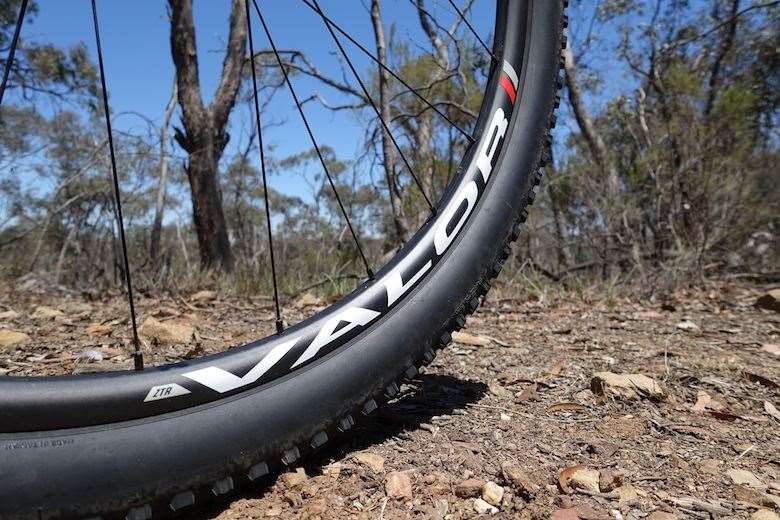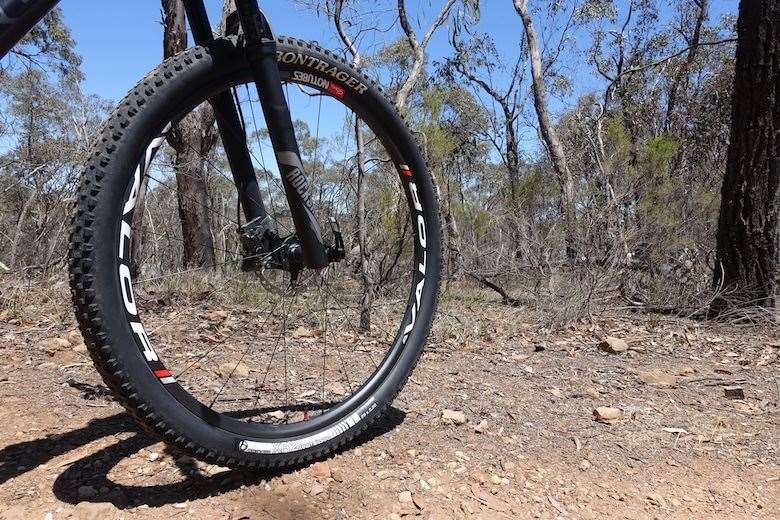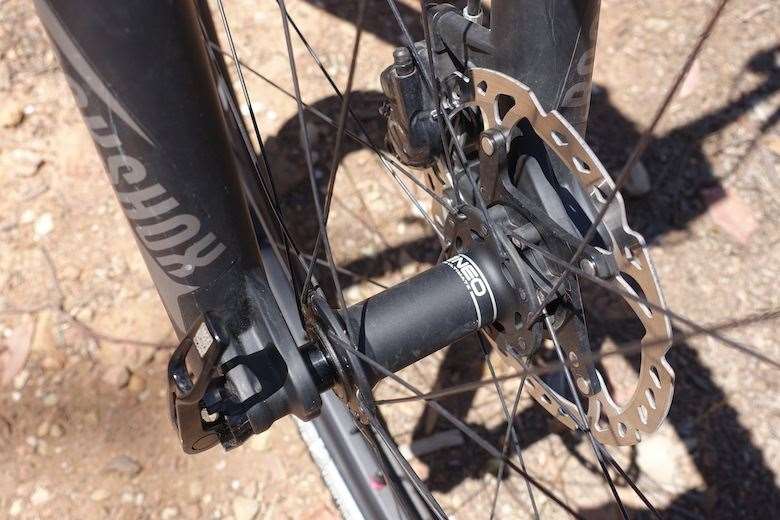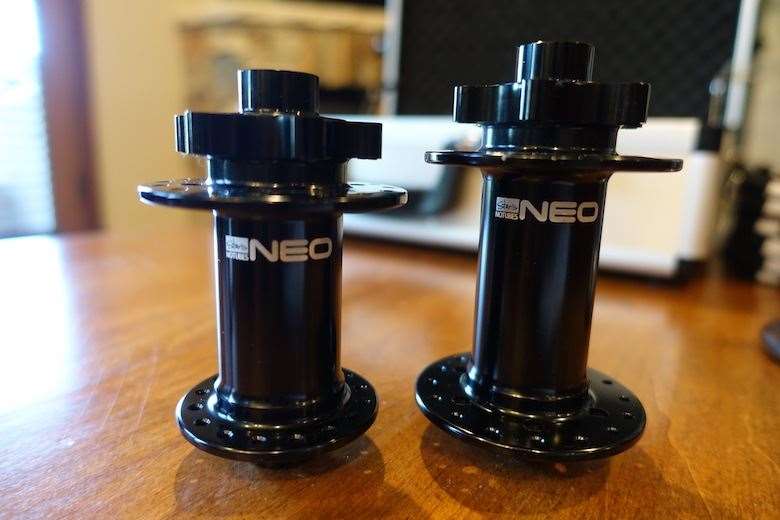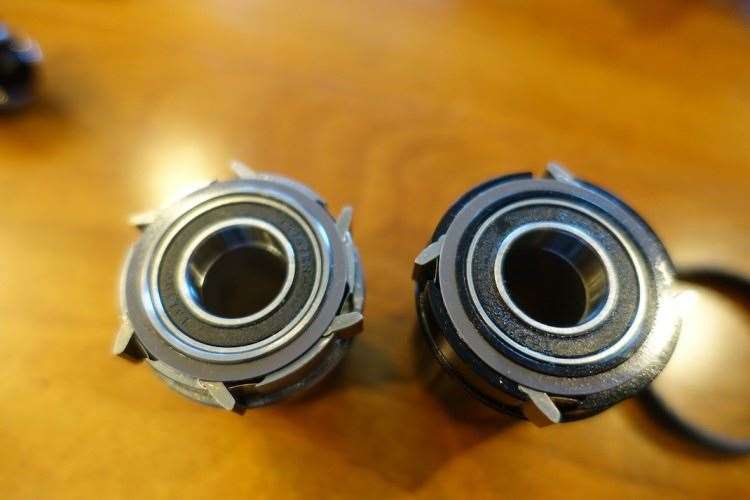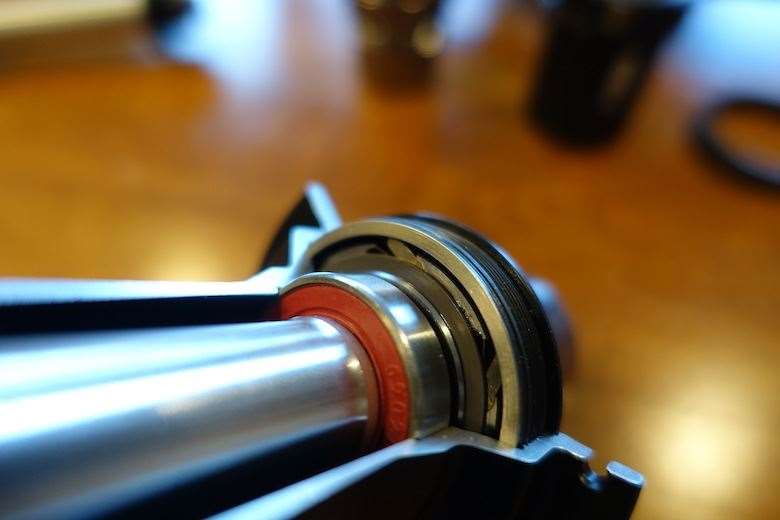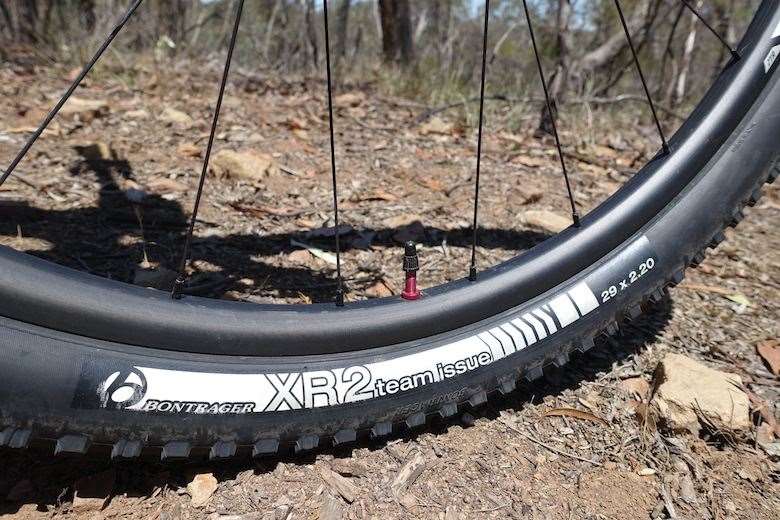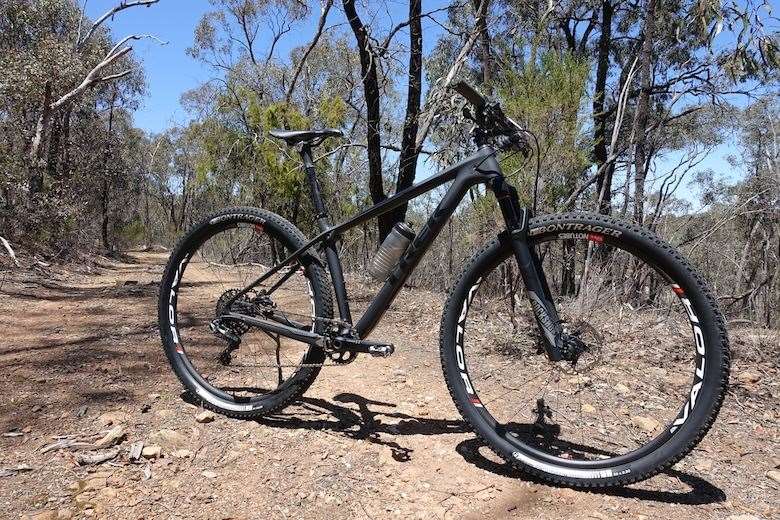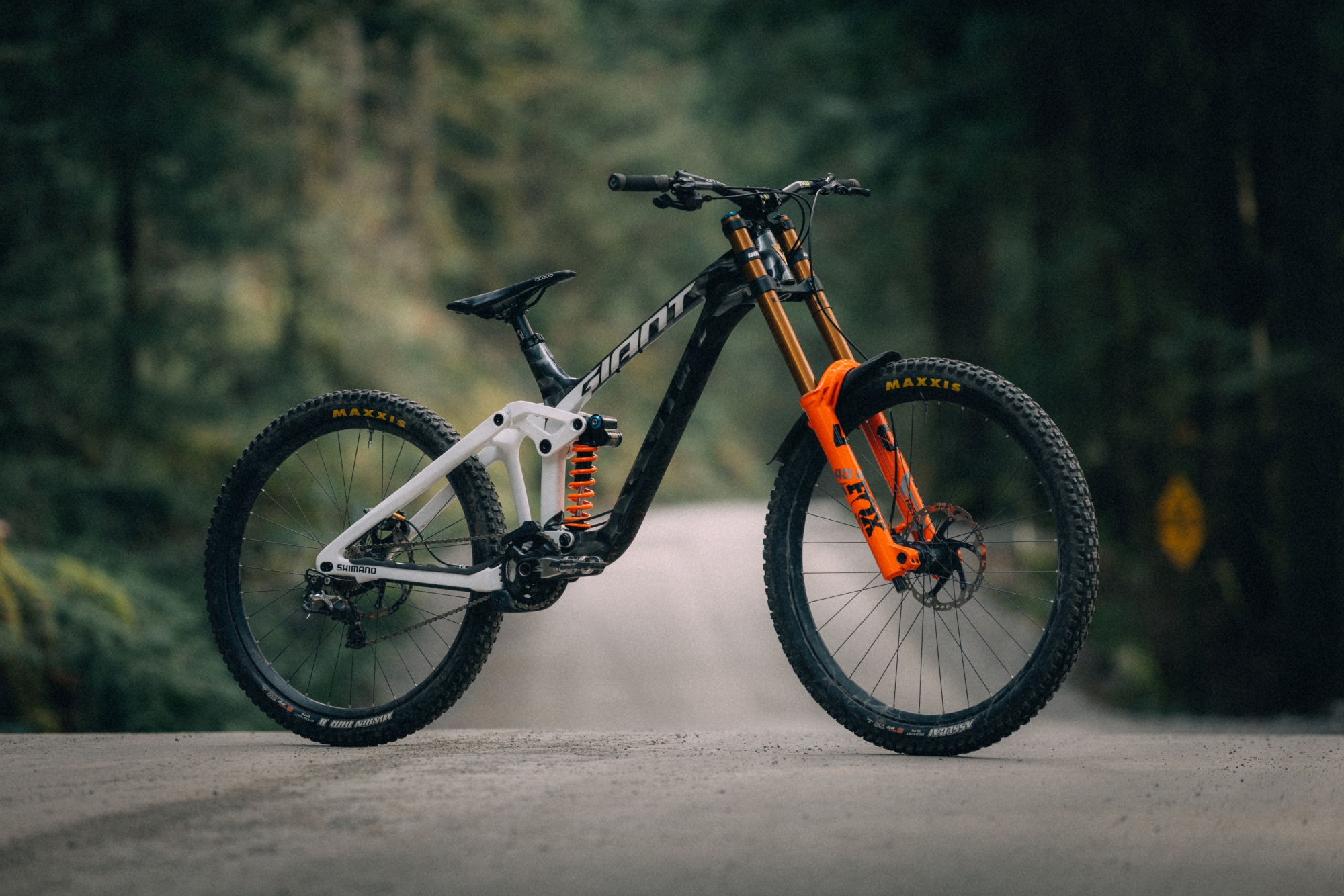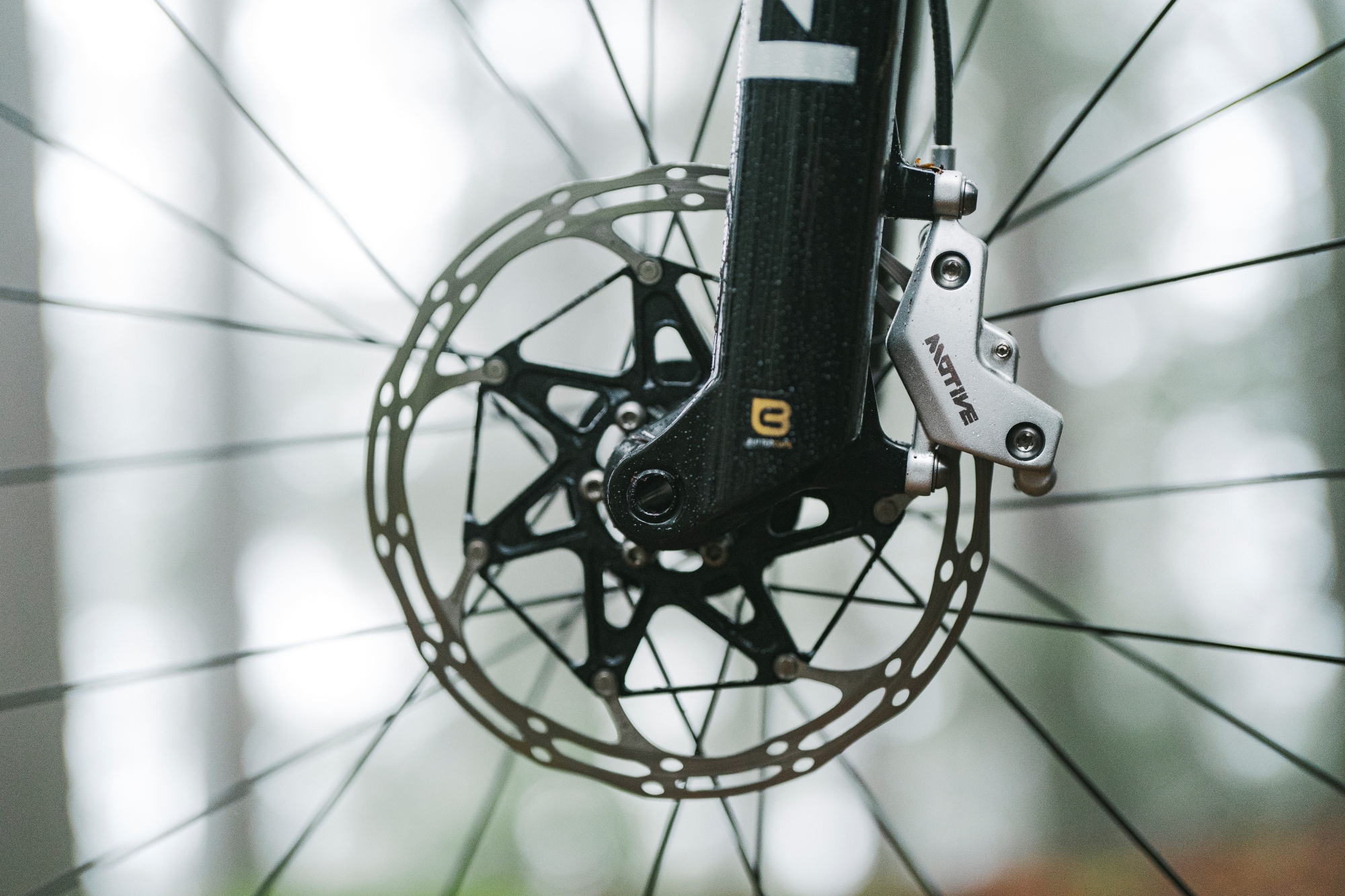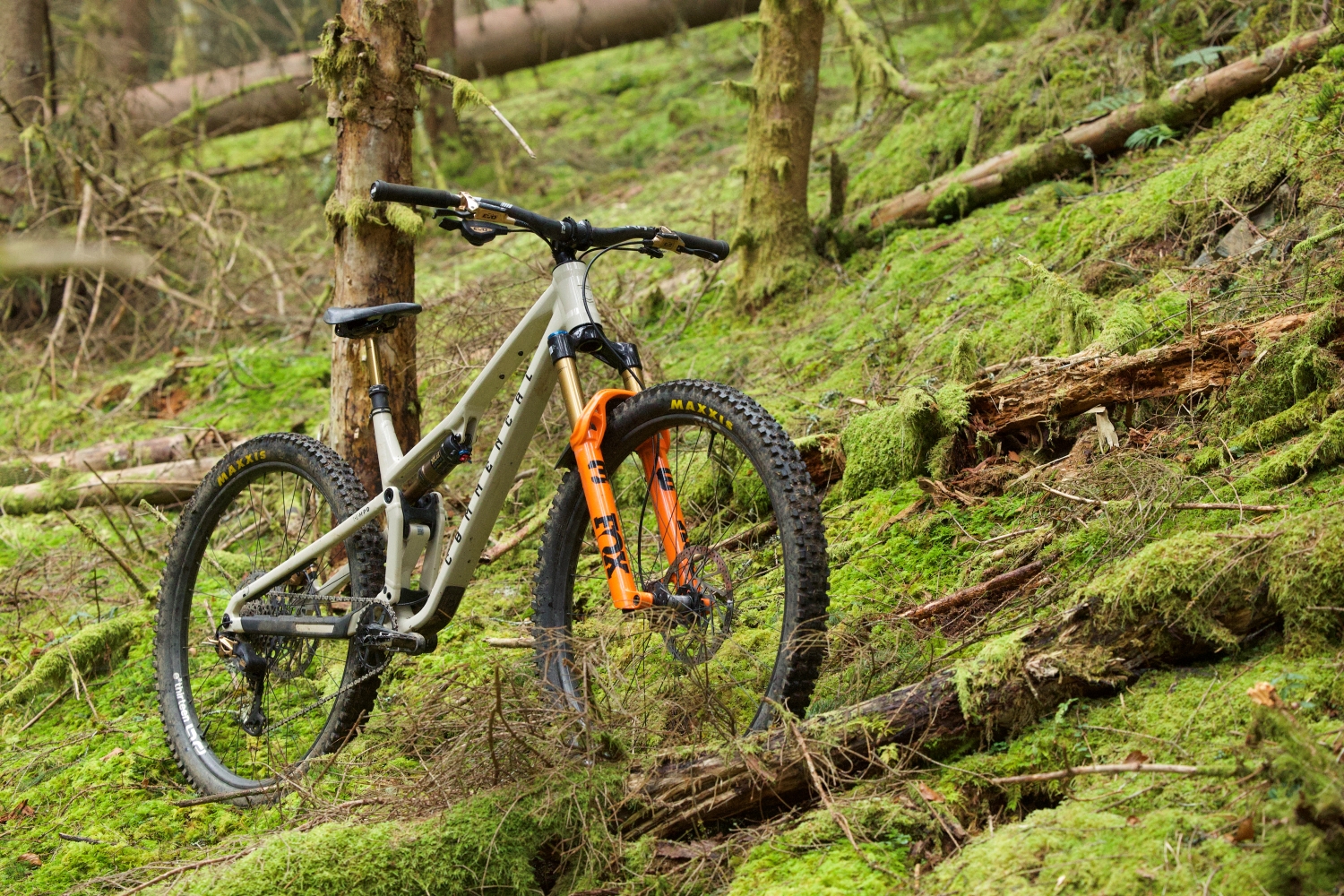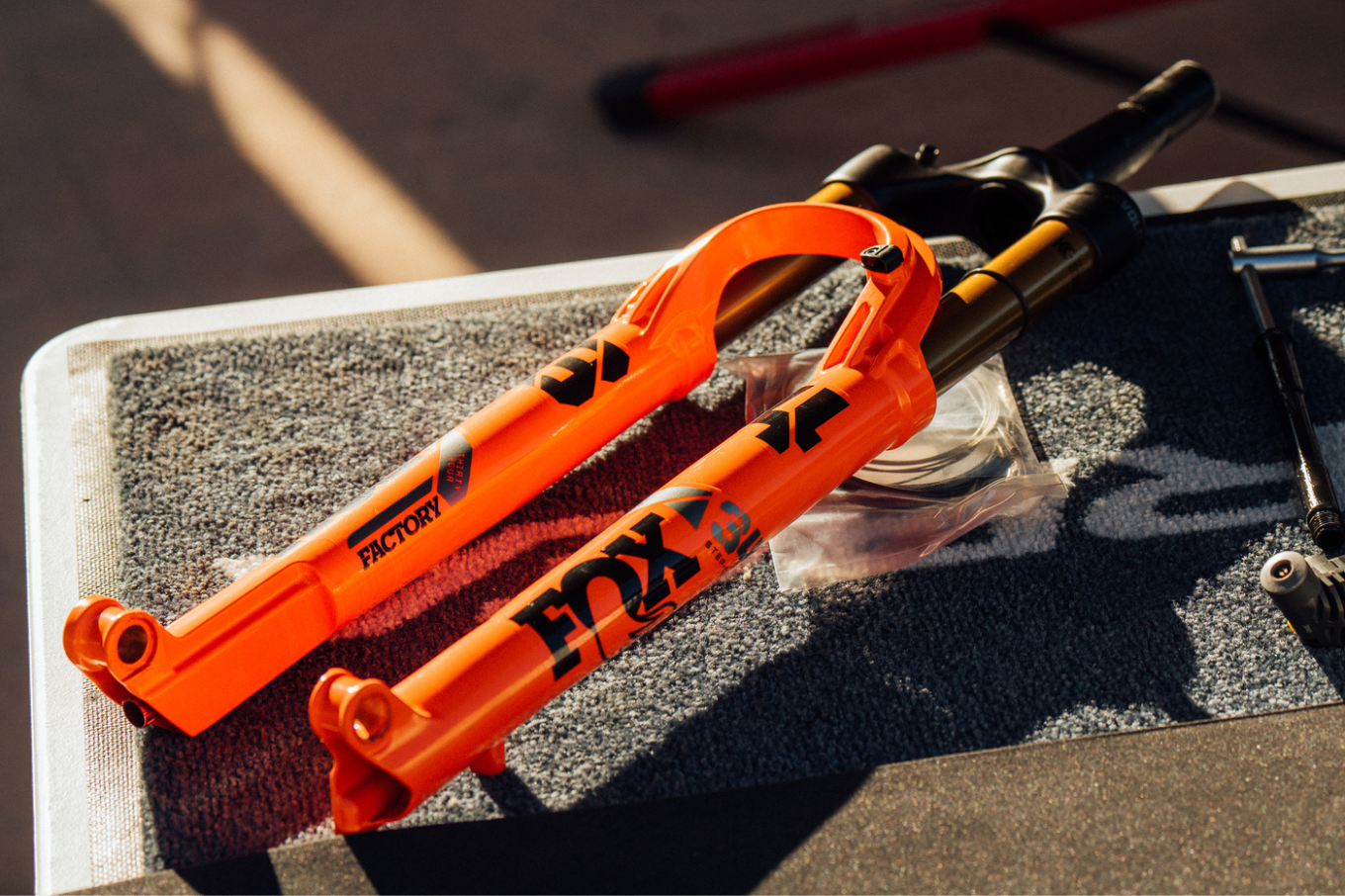FIRST LOOK: Stans NoTubes Valor Boost Wheelset
Back in June of this year, we brought you the scoop on the latest All-Mountain Bravo wheelset from Stans No Tubes.
Back in June of this year, we brought you the scoop on the latest All-Mountain Bravo wheelset from Stans No Tubes. Building on the success of the Valor carbon wheels that were released in mid-2014, the Bravo rims use a similar carbon construction but in a wider and tougher rim profile that’s geared towards harder trail-thrashing and Enduro racing. For the tech-heads out there though, even more exciting during the PressCamp launch was the news about the release of Stan’s brand new Neo hubs. Built as a ground-up redesign over the existing 3.30 hubs, the Neo hubs are new in absolutely every way. New manufacturer, new hub shells, new axles, bigger bearings, more engagement, more load capacity – everything has been improved in one way or another. As stock begins to arrive at Stan’s wheelbuilding facility in the US, the new Neo hub sets are slowly trickling through Stan’s complete wheel line, starting with the high-end Bravo and Valor carbon wheels. In for longterm testing through the summer race season is a brand new Valor Pro wheelset complete with the latest Boost 110/148 hub spacing. Read on below for our first impressions of these high-zoot hoops!
“Lighter and stronger than aluminum rims, the Valor’s carbon rim lay-up is engineered to absorb radial vibrations and impacts adding suspension to a bike, making the ZTR Valor Carbon the most advanced wheelset NoTubes has ever produced. Non-compliant heavy rims that deliver a harsh, abusive ride have become the standard from most companies producing carbon rims. The ZTR Valor utilizes a construction that is both elastic and strong. Stan’s NoTubes has constructed a light weight carbon fiber rim design not just to be stronger than aluminum but also to perform better in real world riding conditions.” – Stans No Tubes
The Valor Pro 29 Wheels feature:
- Designed for cross country racing and riding
- RiACT carbon fibre layup system absorbs impacts and rolls faster
- Bead Socket Technology for unmatched tubeless performance
- WideRight rim design optimized for wider tires
- 2-year warranty with 3-year crash replacement
- New faster engaging, 100% CNC machined Neo Ultimate hubs
- 6-pawl freehub mechanism with 72 engagement points
- Sapim Custom Laser 1.8/1.5/1.8 spokes with Secure Lock aluminum nipples
- Available for Shimano or SRAM XD cassettes
- Available for all current axle systems, including Cannondale Lefty SL, Lefty Supermax, SRAM Predictive Steering, and Boost 110mm and 148mm spacing
- Claimed weight: 1342 grams
- RRP: $3499 AUD
Boost. It’s the standard that people love to hate. But whether you have an emotional persuasion against a hub standard or not, there are certainly some engineering elements that cannot be argued with. If you’re not familiar with Boost, get clued up with our article: “What’s the deal with Boost?” The short version is this: A Boost front hub uses 110mm spacing (instead of 100mm), and a rear Boost hub uses 148mm spacing (instead of 142mm). Why go wider? Because physics, that’s why. Widening the hub flanges increases spoke triangulation with the rim to build a stiffer and stronger wheel, which leads to faster acceleration and better handling on the trail. This is particularly important on 29er mountain bikes such as the Trek Fuel EX 29er, where a Boost 29er wheelset can deliver the same level of stiffness as a 27.5″ equivalent. That aside, Boost has another trick up its sleeve; shorter chainstays. Because of that wider 148mm rear hub, the cassette is pushed out away from the wheel centre by 3mm. To match the chainline, the front chainring is also pushed out by 3mm, which delivers more clearance around the crucial junction between the bottom bracket, front derailleur and the rear swingarm. This allows frame designers to offer more tyre clearance without fear of the chainstay fouling on the chainring teeth, therefore leading to shorter possible chainstay lengths. In the case of the aforementioned Fuel EX, that means the 29″ model actually shares the same chainstay length as the 27.5″ model. And if you’ve ridden a modern 29er trail bike recently, you’ll understand just how important that shorter back end really is.
Anywho, enough with the Boost, and back to the actual hubs. To give you a refresher on the Neo hubs, check out these pics I ripped from my earlier article on the Neo hub release. It shows you the manufacturing process that the hub shells and freehub body go through from the initial forging process through to the final CNC machining. The result is far greater strength and a bigger profile than the outgoing 3.30 hubs, but at a very modest weight penalty. Stan’s biggest goal with the new Neo hubs was to offer better durability and ease of service.
Bigger bearings are employed for a bigger load capacity, and better longterm durability.
The new Neo hubs are available in an Ultimate version (left – 6 pawls) and a standard version (right – 4 pawls). The 6-pawl version delivers double the engagement points courtesy of a phased offset that doubles the engagement points to 72. It’s worth noting that the freehub bodies are interchangeable. So if you bought a Valor Team wheelset with the standard 4-pawl Neo hub, you could upgrade it to a 6-pawl version down the line.
A hardened steel ratchet ring threads into the alloy rear hub shell. The ratchet teeth are wider and deeper than what’s currently found on the 3.30 hub, offering more support for the pawls, and therefore a higher load rating.
Tight tolerances offer a smoother and more secure assembly. Note the pawls in the above photo locking into the teeth on the ratchet ring.
In the above cut-away, you can see just how much bigger those cartridge bearings are in the new Neo hubs. Redesigned end-cap seals are built to keep the crud out before it gets inside.
Ok so here’s the deal; the new Valor Pro wheels use exactly the same carbon rims that Mike tested last year. That’s a very good thing, because the Valor rims are both superlight, and from our experience, also super tough. They deliver much needed lateral stiffness over their alloy siblings (the Crest EX and Arch EX rims), but more importantly for XC racing and trail riding, they don’t make for a harsh ride compared with other carbon wheels on the market. The Valor Pro wheels come out of the box installed with tubeless tape and valves, so they’re ready for simple setup with your existing tubeless tyres. As Mike experienced with his earlier test set, the BST profile in the Valor rims allowed the Bontrager XR2 & XR1 tyres to air up with just the use of a floor pump. Good to know if you’re travelling for an event and there’s a chance you’ll be swapping out tyres.
At less than 1400 grams for the set, the Valor Pro wheels are a very tasty proposition on paper. They offer fast engagement, a relatively simple hub layout, and a standard build that uses J-bend spokes and regular external nipples. For the privateer racers out there, those are factors worth considering over flashier wheels that rely on proprietary components. With the new Neo hubs, there has been a modest price increase over the previous Valor wheels. But as with many other high-end wheelsets, our shifting Aussie dollar has pushed up the local RRP, which in the case of the Valor Pro’s is a not-inconsiderable $3499. Are they worth it in the long run? Stay tuned to AMBMag.com.au for our longterm report!
Jet Black Products
Website: jetblackproducts.com
Email: info@jetblackproducts.com
